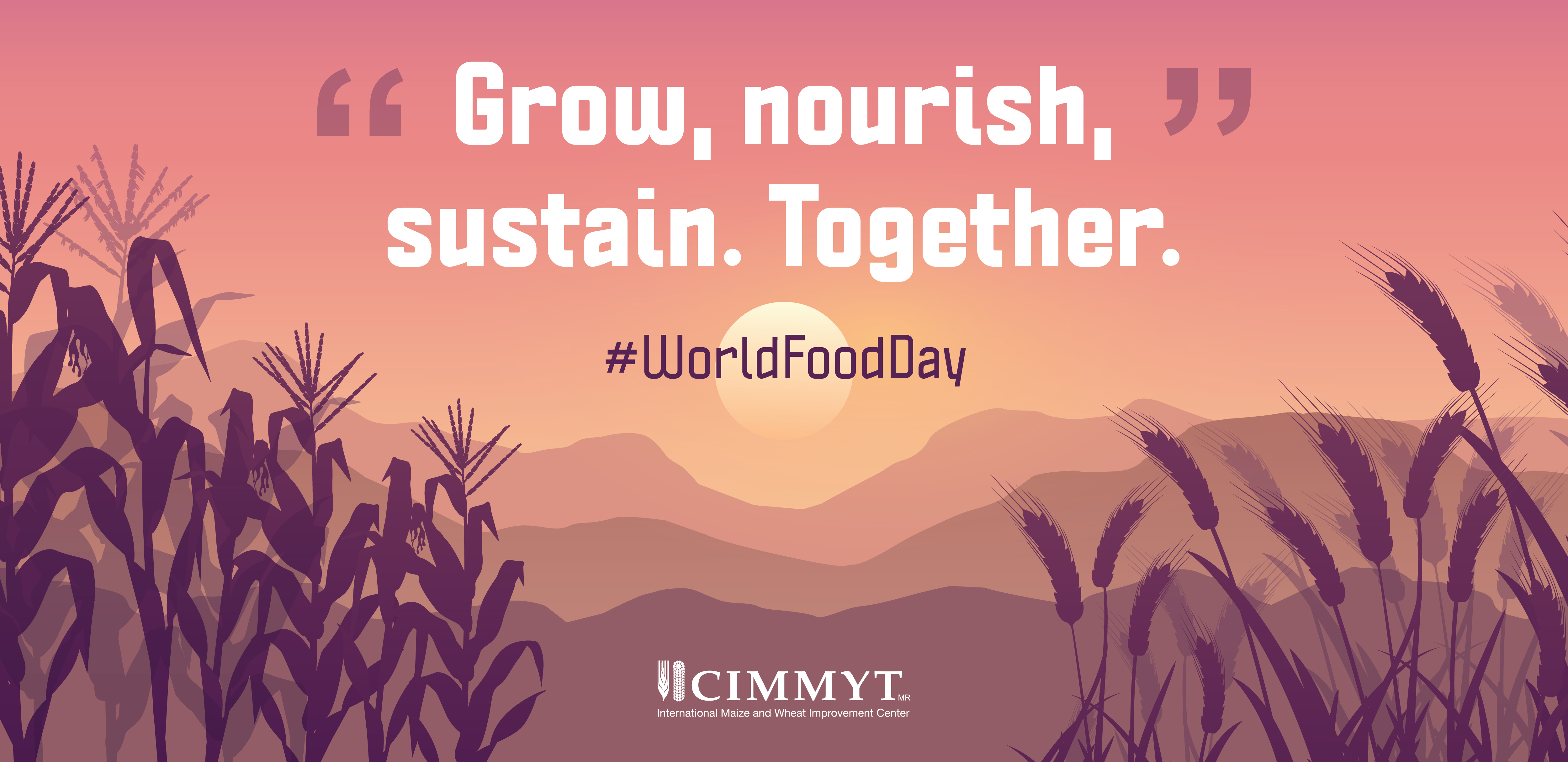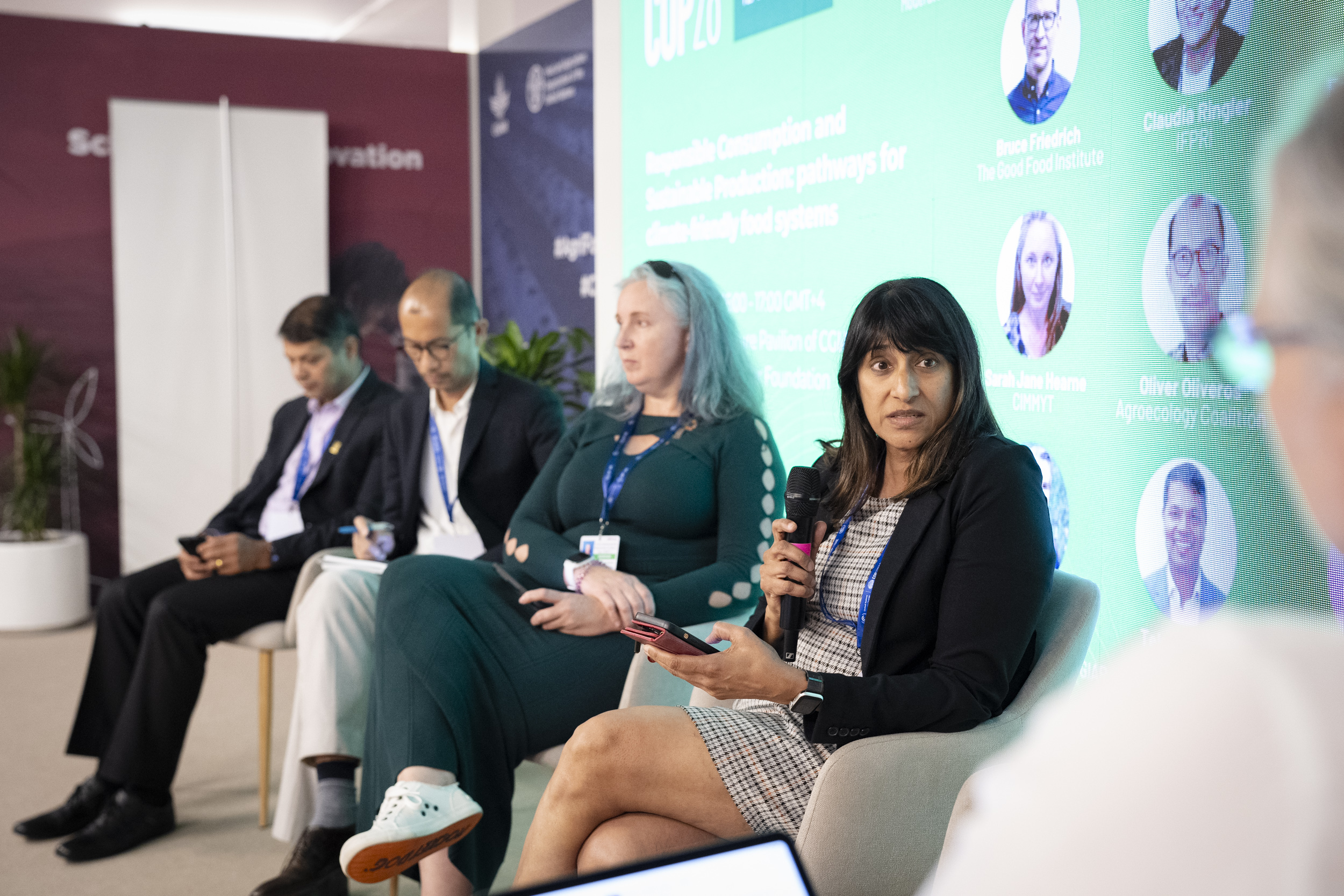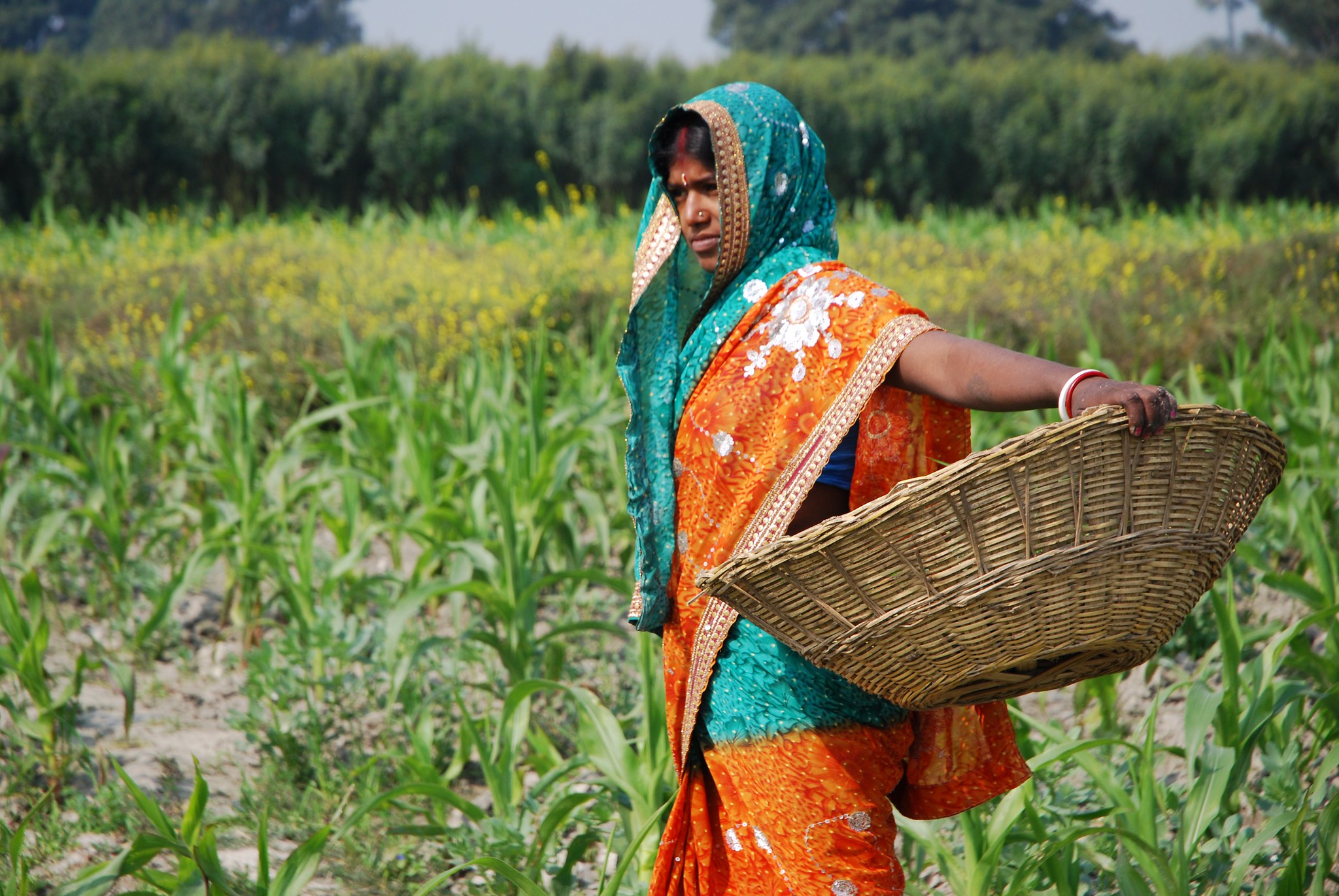In a recent conversation, CIMMYT Director General Bram Govaerts reflected on the evolving mission of the organization, the changing challenges of global agriculture, and the role of innovation in building resilient food systems. Speaking from CIMMYT’s headquarters on the outskirts of Mexico City, where Norman E. Borlaug began his groundbreaking work 80 years ago, Govaerts underscored that agriculture is both a global and deeply local endeavor.
“It is not about giving a recipe,” he explained. “It’s about providing the ingredients so farmers can make wise decisions for their soil, their families, and their farms.”
From Productivity to Resilience
When CIMMYT was founded, the mission was clear: feed the world by increasing calories. Today, the challenge is far more complex. Nutrition, biodiversity, climate change, and the sustainable use of resources have become critical. CIMMYT’s research now embraces a systems approach: promoting diversified diets, integrating climate-smart practices, and embedding nutritional thresholds into crop breeding. For example, wheat varieties without high zinc content are no longer released, regardless of yield potential.
Innovation Rooted in Diversity
CIMMYT’s multicultural team, representing over 55 nationalities, works across 80 countries. This diversity fuels creativity, allowing the organization to transition from being solely a science institution to a science-and-innovation powerhouse. Whether it’s drought-tolerant maize now cultivated across 8.5 million hectares in sub-Saharan Africa, or conservation agriculture practices in Ethiopia reducing dependence on food aid, the focus is on delivering tangible, context-specific solutions.
Data as a Driver of Change
One of the most exciting frontiers, Bram shared, is making CIMMYT’s vast datasets accessible to decision-makers at every level, from smallholder farmers to presidents. Data from over 48,000 farmers is already informing both local practices and national agricultural strategies, creating a feedback loop that accelerates impact.
Balancing Nutrition and Sustainability
For CIMMYT, the road ahead means balancing trade-offs, driving better diets and livelihoods while staying within the environmental limits of agrifood systems. This requires continuous monitoring, rapid course correction, and a willingness to integrate traditional knowledge, such as nixtamalization in maize processing, into modern solutions.
As Bram put it, the goal is clear: more resilient, inclusive, and nutritious food systems that work for both people and the planet.

 Climate adaptation and mitigation
Climate adaptation and mitigation 
